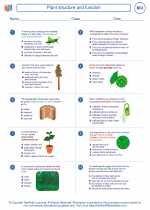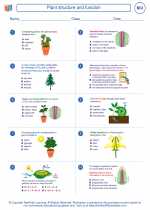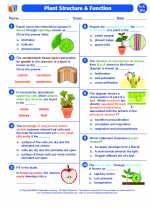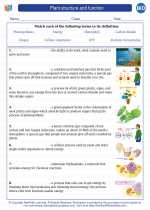Wave-Particle Duality
Wave-particle duality is a fundamental concept in quantum mechanics that suggests that particles such as electrons and photons exhibit both wave-like and particle-like properties. This means that they can behave as either waves or particles depending on the experimental conditions. This concept challenges our classical understanding of physics, which typically separates particles and waves as distinct entities.
Wave-Like Properties
When particles exhibit wave-like properties, they can demonstrate phenomena such as interference and diffraction. Interference occurs when waves overlap and either reinforce or cancel each other out, while diffraction is the bending of waves around obstacles. These behaviors are typically associated with classical wave phenomena, such as those seen in water waves or sound waves.
Particle-Like Properties
On the other hand, when particles exhibit particle-like properties, they can be localized at specific points in space and have definite trajectories. This behavior is more in line with classical particle physics, where particles are thought to have a well-defined position and momentum at any given time.
Experiments Demonstrating Wave-Particle Duality
Several experiments have been conducted to demonstrate the wave-particle duality of particles. One of the most famous experiments is the double-slit experiment, where a beam of particles, such as electrons or photons, is directed at a barrier with two narrow slits. The resulting interference pattern on the detector screen indicates the wave-like nature of the particles. However, when a detector is placed to observe which slit the particle passes through, the interference pattern disappears, indicating the particle-like behavior of the particles.
Study Guide
- What is the wave-particle duality?
- Describe the wave-like properties exhibited by particles.
- Explain the particle-like properties exhibited by particles.
- Discuss the double-slit experiment and its implications for wave-particle duality.
- Compare and contrast the classical understanding of particles and waves with the concept of wave-particle duality.
Understanding wave-particle duality is crucial for grasping the behavior of particles at the quantum level. It challenges our traditional views of the behavior of matter and light and has profound implications for the field of quantum mechanics.
.◂Biology Worksheets and Study Guides High School. Plant structure and function

 Worksheet/Answer key
Worksheet/Answer key
 Worksheet/Answer key
Worksheet/Answer key
 Worksheet/Answer key
Worksheet/Answer key
 Vocabulary/Answer key
Vocabulary/Answer key
 Vocabulary/Answer key
Vocabulary/Answer key
